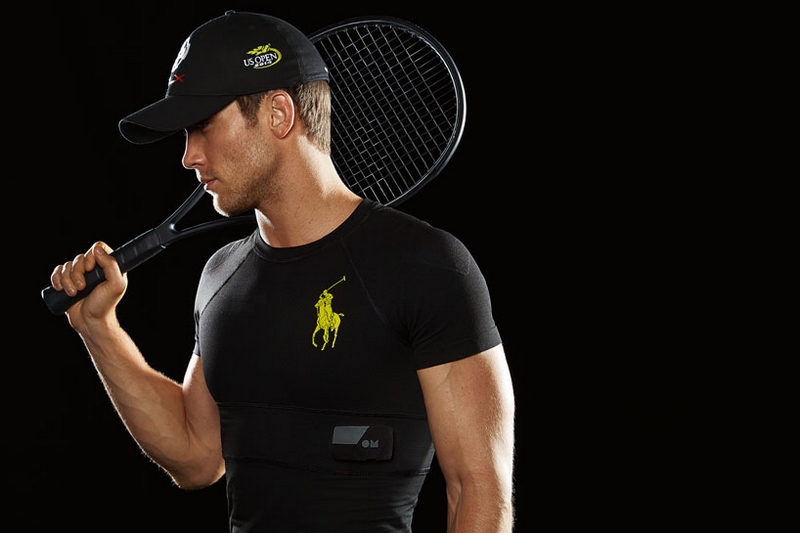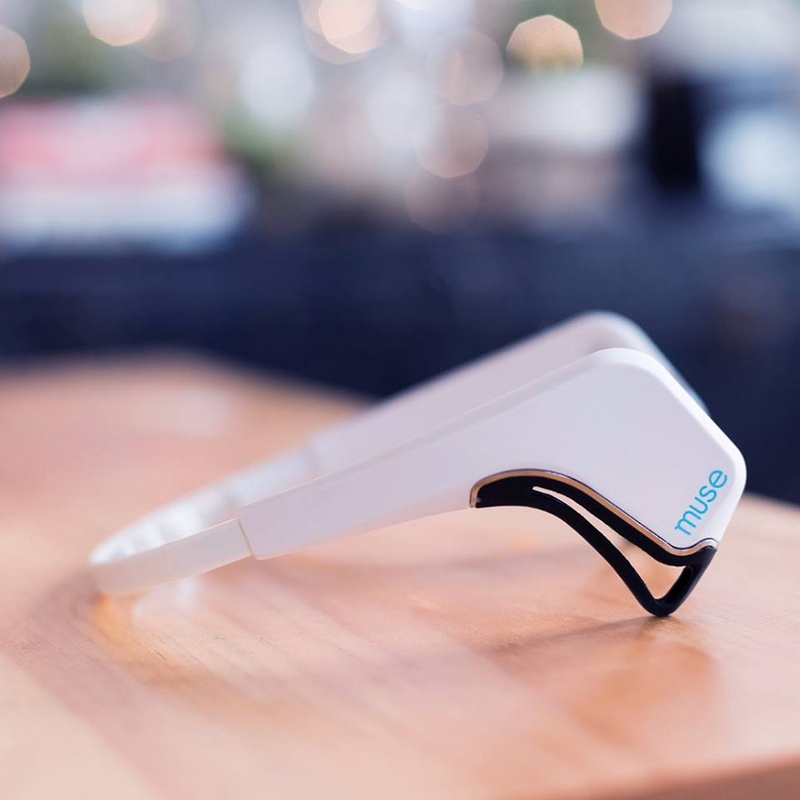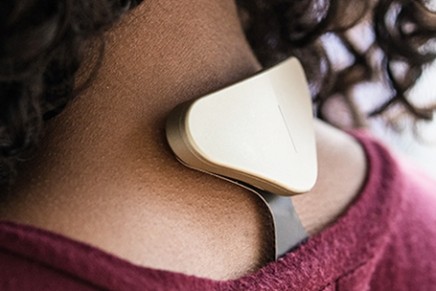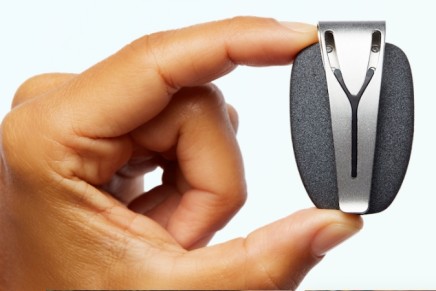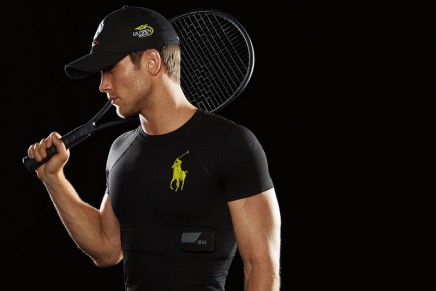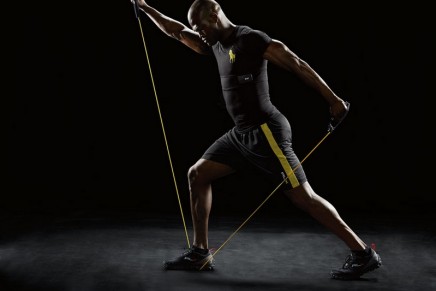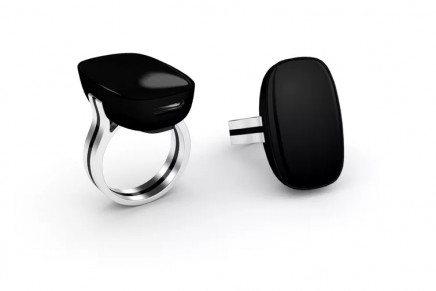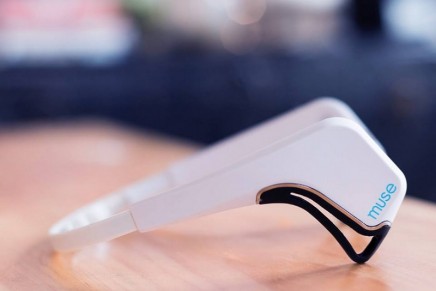Sometimes you can forget that our life has a limited amount of time. Recharging our mind as well as our body is crucial for coping with significant amounts of emotional and work stress.
Museum visits can have health benefits, and figurative art may decrease systolic blood pressure. A study found that the exposure to art museums and to different art styles was able to enhance visitors’ well-being in terms of relaxing and stress reduction. “When you take a break from whatever you’re doing, at work or otherwise, and look at some greenery, it’s been found—you return to what you were doing more efficiently. It lowers your heart rate, makes you feel connected to nature,” says Lara Kaufman of Snøhetta, the architects behind MoMa’s Living Wall – the largest living wall in the United States. Create the perfect micro-climate in your home or office by growing plants in a terrarium. Good for your house and for lifting mood and boosting creativity. This joy of nature comes with a reduction of anxiety/stress. From stress balls to wearables, there is a sea of inventions that will calm and help you stay focused.
One way of reducing stress is to play stress relief games. How does this activity reduce stress? Games are a proven way to rid the body and mind of exhaustion. By playing, stress is relieved a lot faster than traditional relaxation techniques. Playing video games has become a key strategy for coping with stress, a study of millennial gamers has revealed.
Spend some time with special-designed relaxing games or on bonuscode-casino.us to help you escape. The cognitive benefits of playing include improving coordination, problem-solving skills, attention and concentration, enhancing memory. The games that will help you find some inner peace are also a great source of learning and are good for improving the brain’s speed and enhancing multitasking skills.
We live in an era when we can train our resilience to stress with wearable technology.
Our breath is one of the most useful indicators of our mindset, so a number of devices are tracking breath to guide you back to a calm and productive mindset.
One way of minimizing the dangerous stress levels is heart rate variability (HRV) training with devices like Beurer stress releaZer or the Sona bracelet. Covering the diaphragm area with the stress releaZer relaxes the primary nerve pathways and restores the natural breathing rhythm. The stress releaZer emits pulses which help the user breathe correctly. The Sona bracelet comes with five Resonance breathing meditation sessions for focus and calm.
Seated posture and breathing have a lot to do with your productivity. The lightweight Prana trecker tells you when you need to improve your posture. It helps us breathe and sit in a healthier way to profoundly reduce the daily stress we carry around.
Dubbed at the first consumer health solution for lowering stress and anxiety, Thync uses electronic pulses to stimulate the brain. The technology activates the body’s own brain signals to relieve stress and anxiety and help you feel and sleep better. The bioelectronics company is now developing pioneering treatments for autoimmune disorders and mental health.
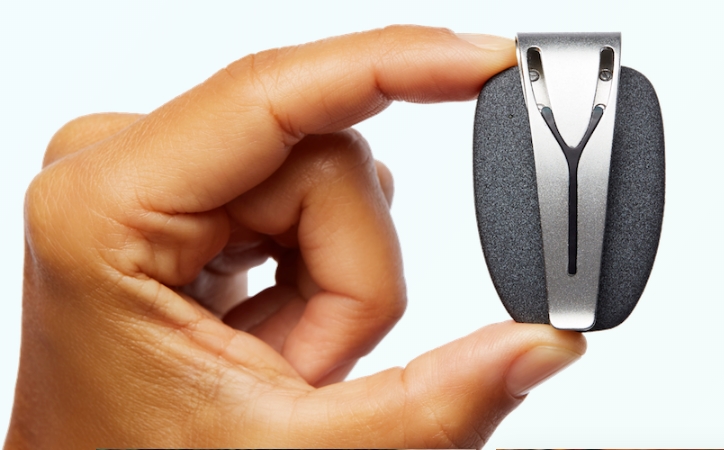
spire stone; photo: www.spire.io/
The elegant, light-weight WellBe bracelet provides insights into what exactly triggers your stress levels to rise. Designed to support your emotional well-being, the stress therapy bracelet will help to find out what your stress triggers are and learn personalized meditation and other well-being exercises.
Spire is another wearable gadget that helps keep track of your stress. This clinically-proven invisible health monitor for sleep, stress, activity is also the world’s smallest wearable for your vital signs. The breathing sensors offer insights for improving your sleep. The wearer will know when he is getting tense and will take action before symptoms occur. The device will remind its owner to stay active.
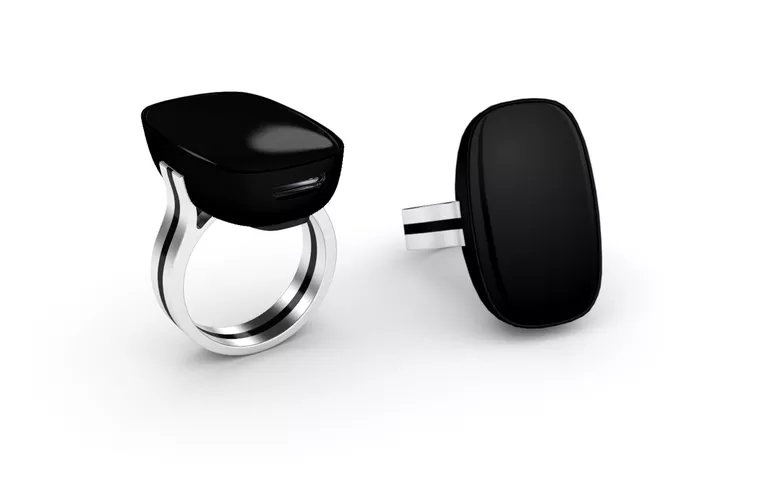
moodmetric ring; photo: moodmetric.com
But what about a mood-tracking ring? Called Moodmetric, the wearable jewelry gives a good picture on fluctuating stress levels. According to the Finnish start-up, the results can be high during hectic periods in our lives. Even small changes may add recovery to the days, and the measurement shows which actions are most efficient.
The Moodmetric smart ring is also a tool for researchers and health care professionals. It suits well both to real-time observation of stress reactions and long term field research.
These new genius helpers are good, but we want a practical device that will unite all the solutions unde the same umbrella.
Smart clothing can self-adjust to the wearer’s needs
Smart clothes are already here. The denim jacket that lets you control a phone through the use of gestures alone was brought to the market thanks to a partnership between Alphabet’s Google and Levi Strauss. Ralph Lauren Tech Polo smart shirt that delivers biometric data is more oriented to stress relief and high performance. The OMsignal’s incorporated sensor collects heartbeat, respiration, stress levels, energy output, and other biological data and transmits the information to your smart devices. This complex, context-based data is sent to the Cloud to be further analyzed using advanced algorithms and AI.
A private yoga experience on your own terms
You may already be well on your way to stress management through yoga and meditation, but wearables like WearableX Nadi X, a line of activated yoga apparel, claim to get the maximum benefit from personalized yoga through the latest technology. Guidance through vibration and accelerometers around the hips knees and ankles teach you yoga step by step. Assess your yoga because learning your body never goes out of style, says WearableX.
What’s happening in your brain when you meditate?
Is there a chaos or a serene place? Muse, a strange looking headset-style device, measures whether your mind is calm or active. You just have to launch the app, close your eyes and immerse yourself within the sounds of a beach or rainforest. “This allows you to obtain a deeper sense of focus and motivates you to build a highly rewarding practice. Meditation has been scientifically shown to reduce symptoms associated with stress, depression and anxiety as well as improve focus, performance and quality of life,” say muse’s engineers.
“In a study by University of Toronto and Baycrest Hospital, 10 minutes of Musing a day for 6 weeks leads to decreased experience of illness (less pain, nausea, headache), increase in calm, and increase in cognitive function including improvement in decision making times by 50ms,” added muse’s team.
Keeping our wellness in balance by training our resilience to stress has become more easy with the help of science and stress busting wearables. Our ability to calm the mind is the key to perform at superior levels and ultimately live a more mindful life. So, let’s take a pause to appreciate how far we’ve come.
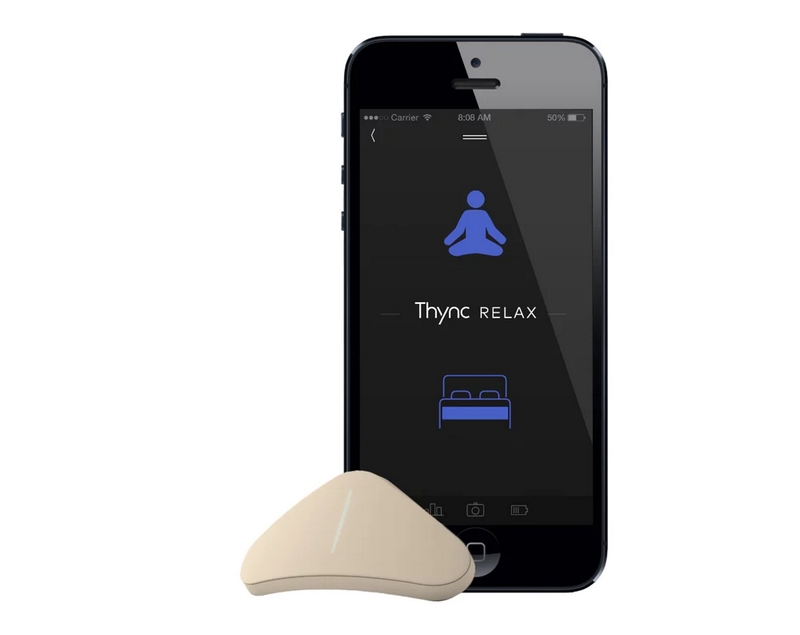
Photo: thync.com/



